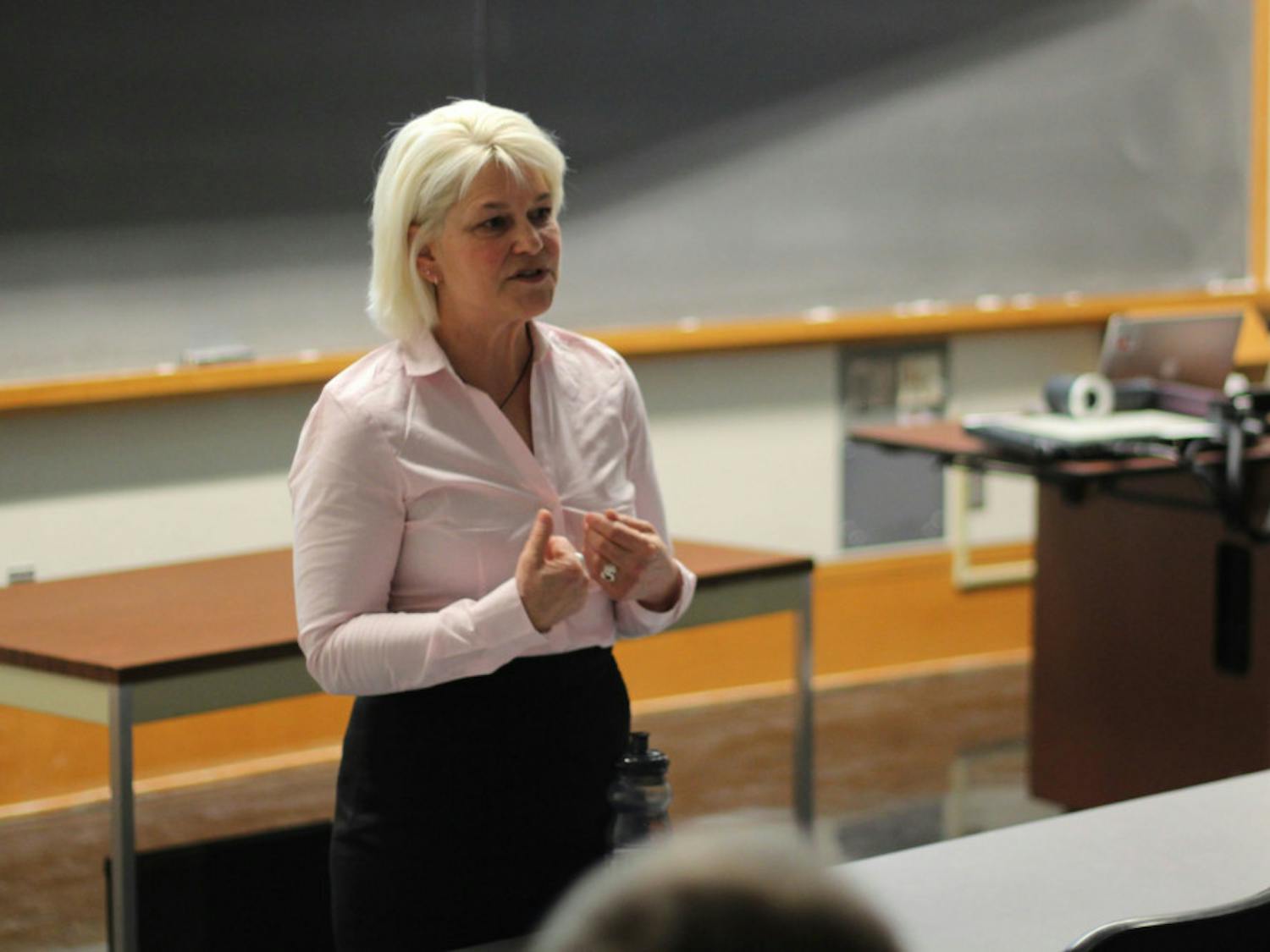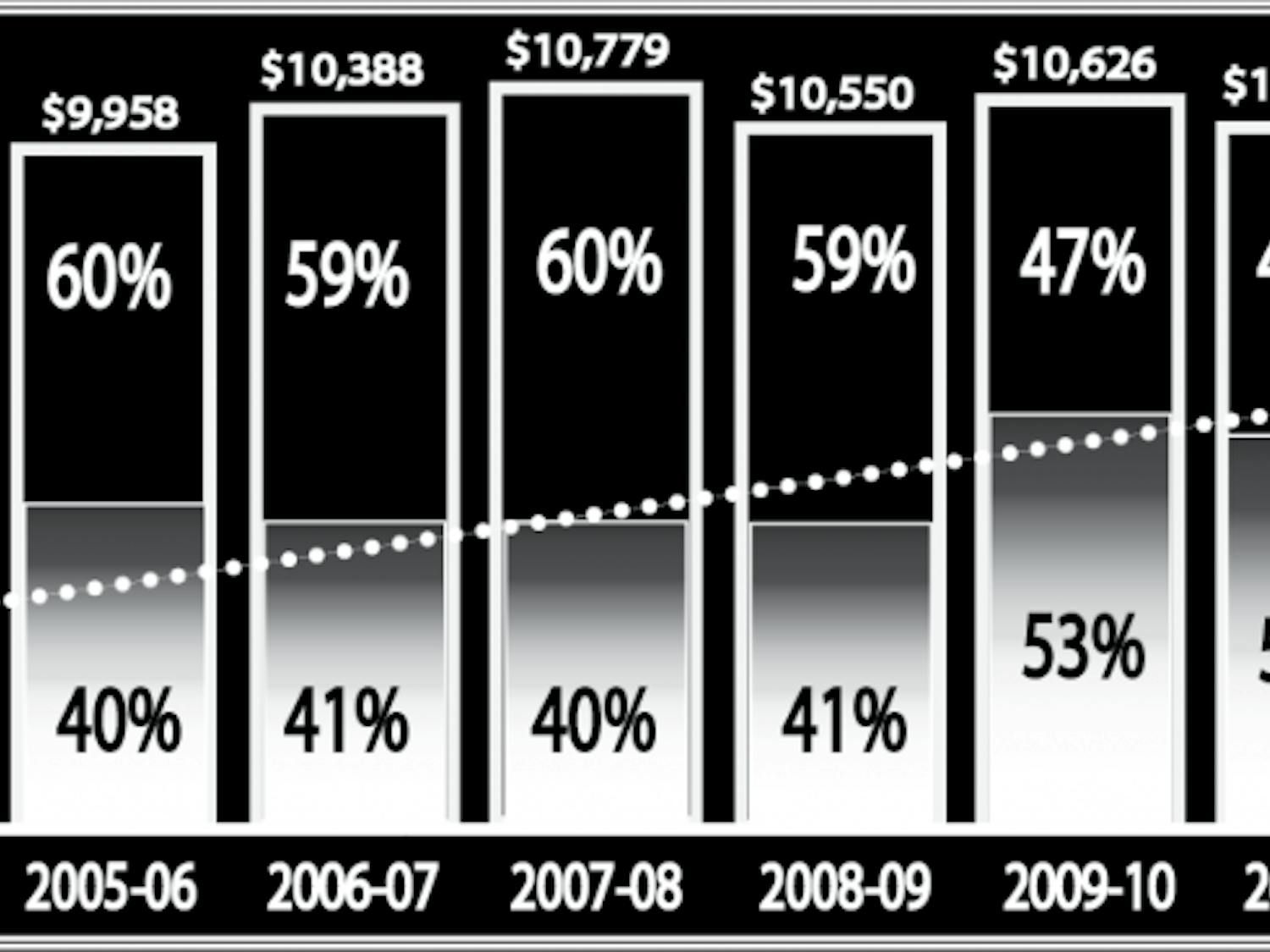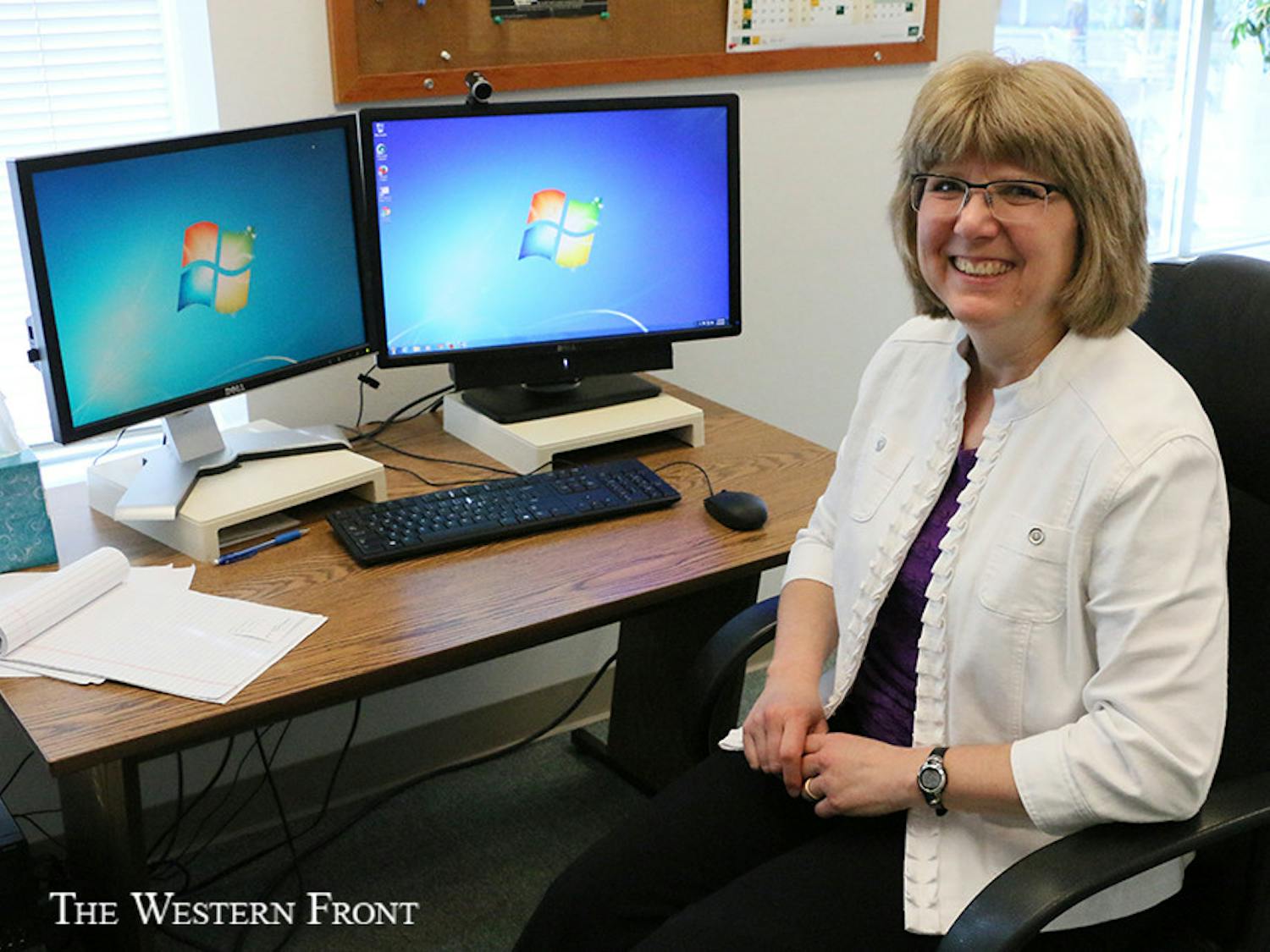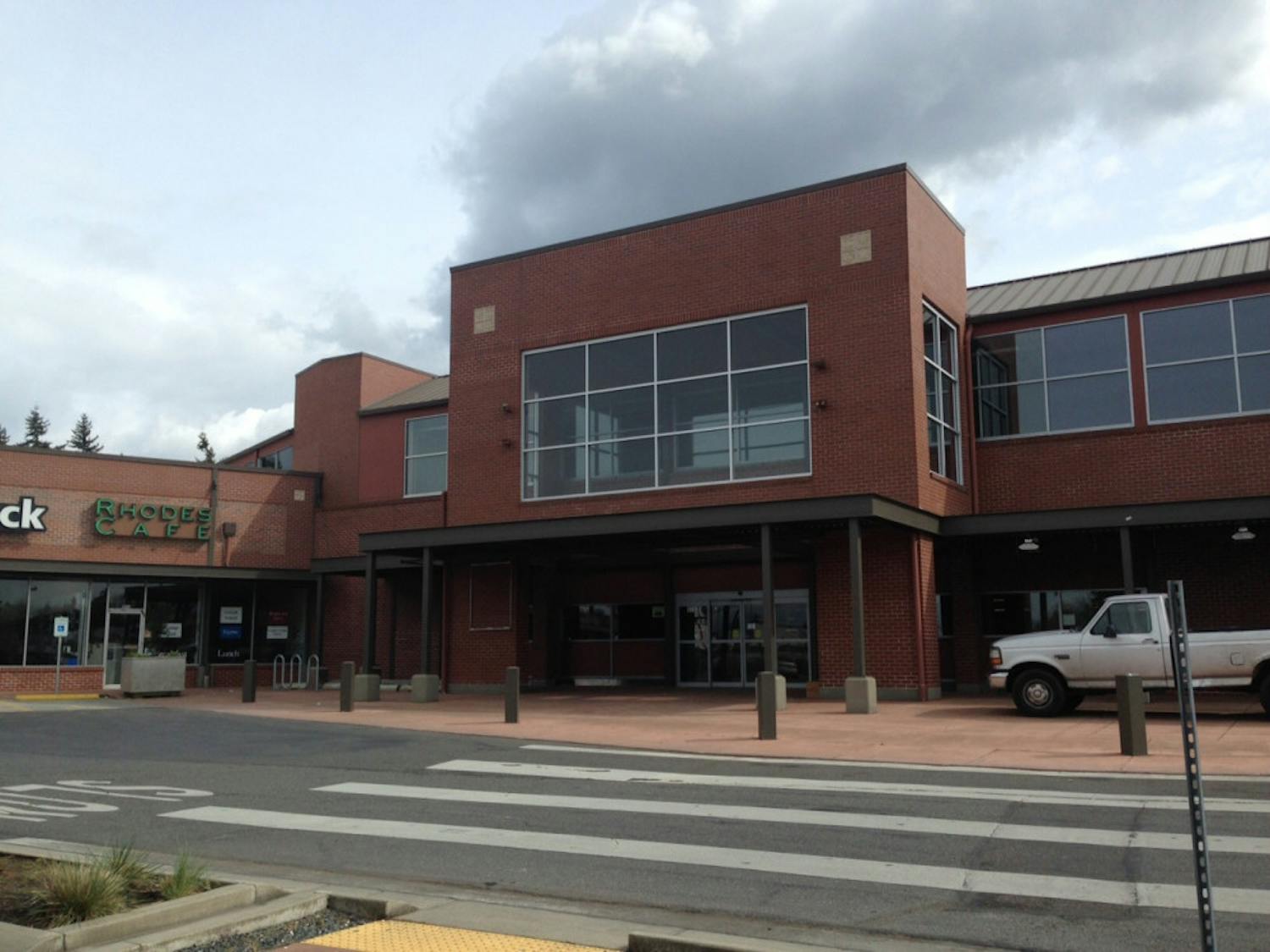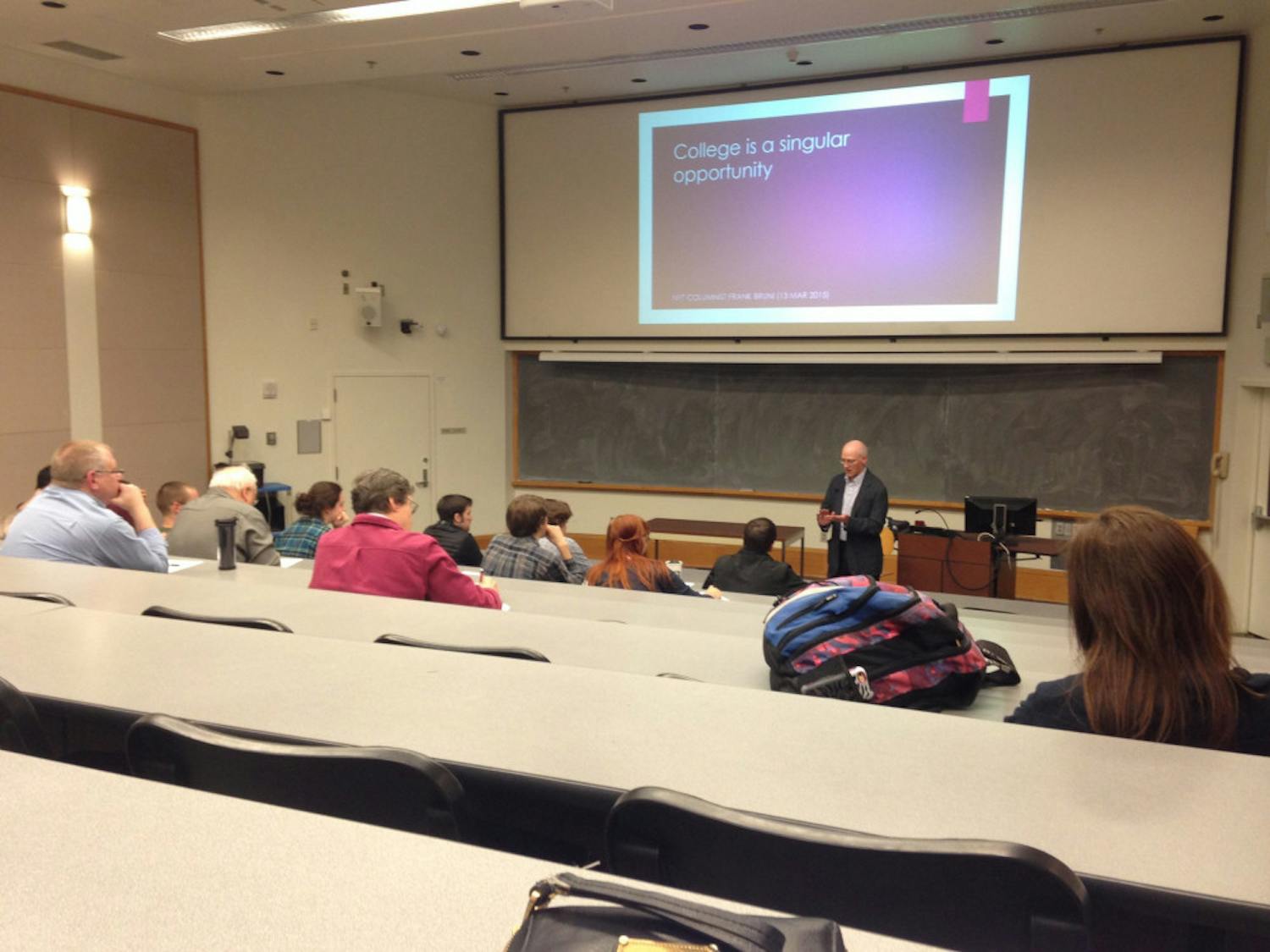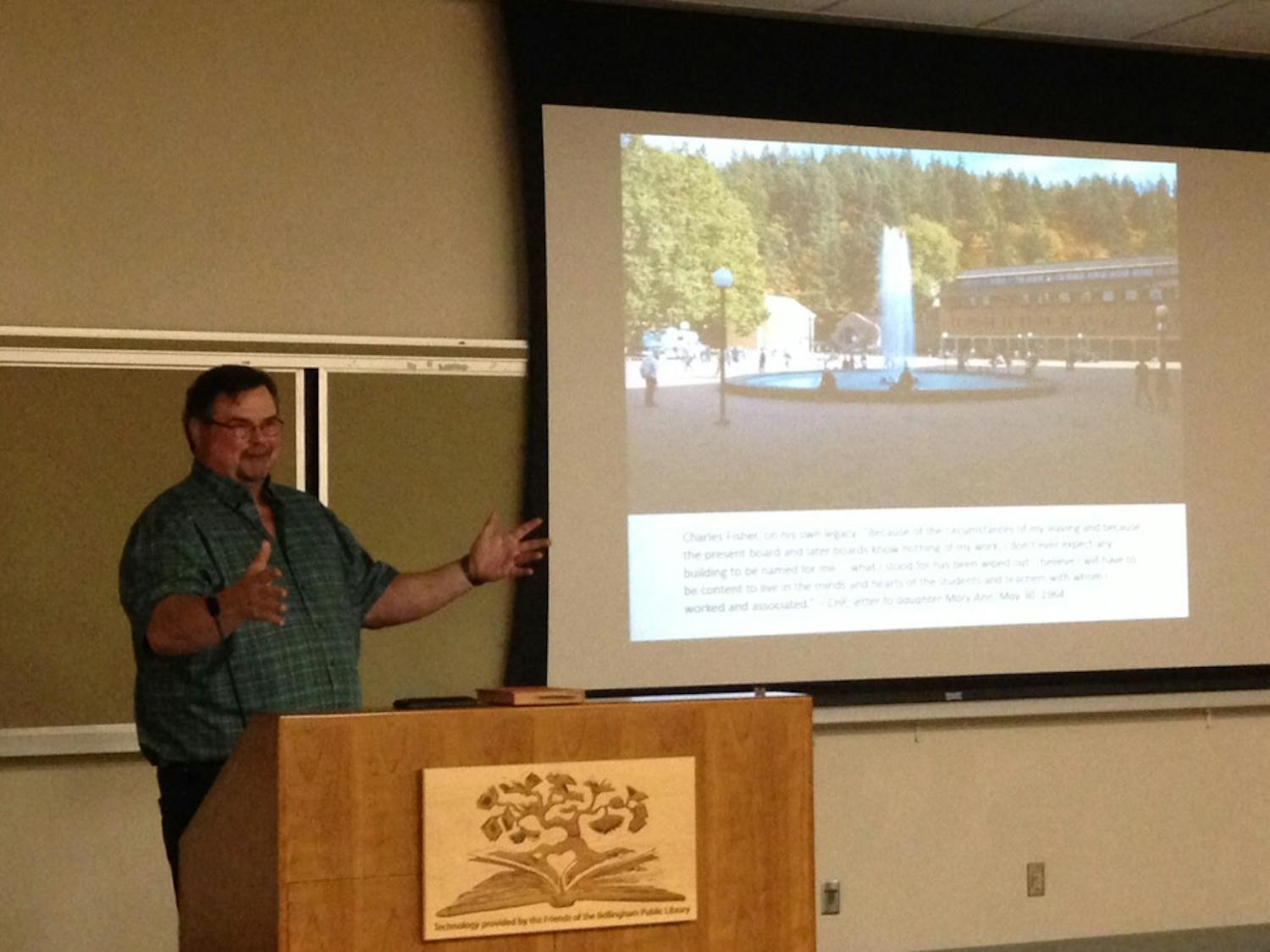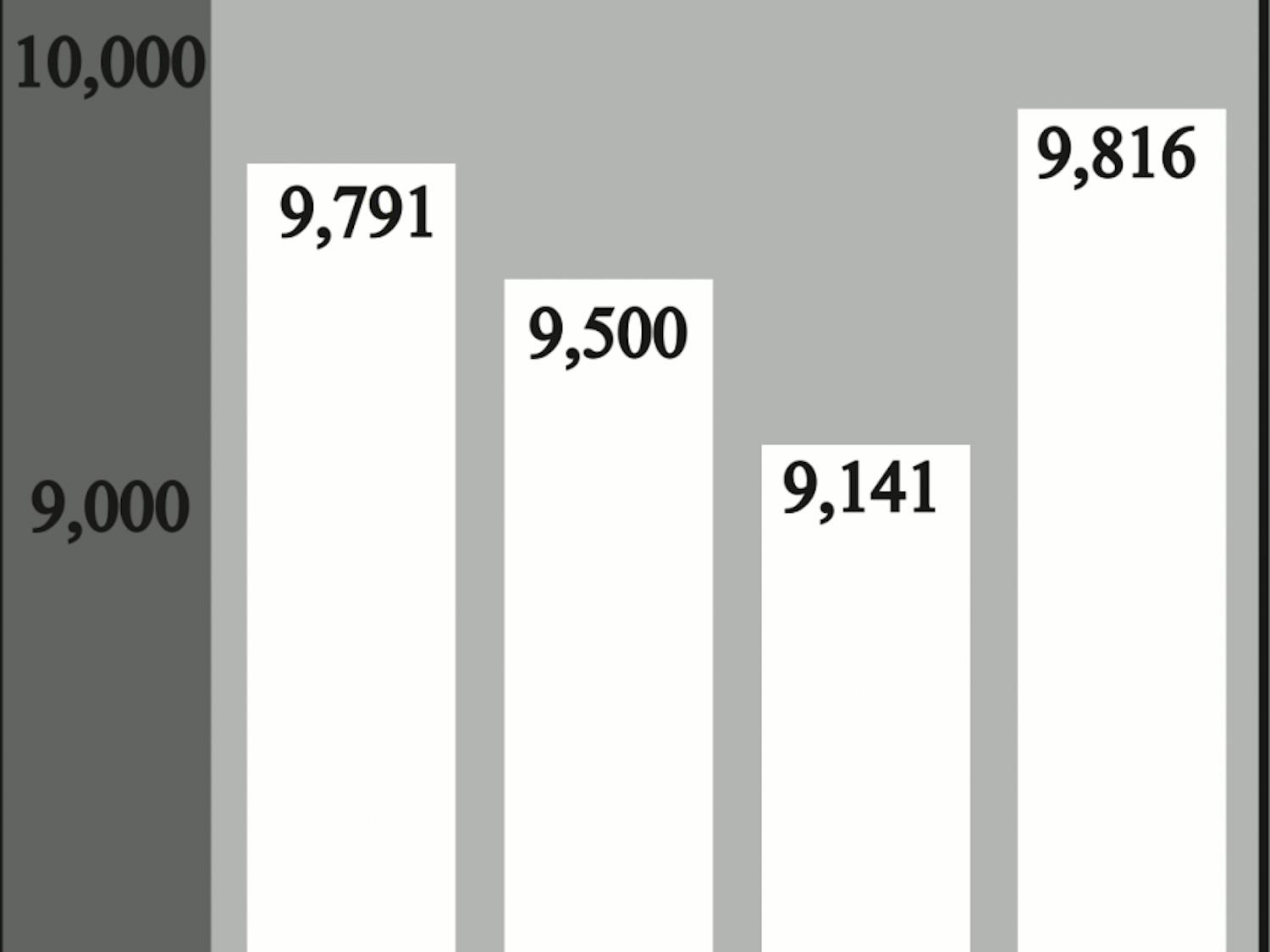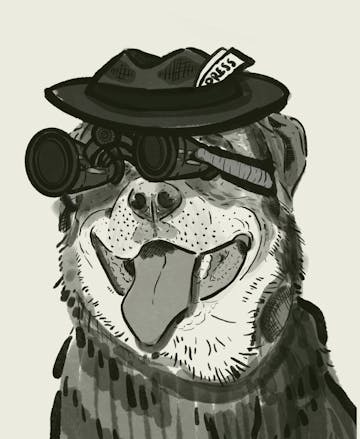News
By The Front
|
April 13
Western Washington University has opened a traveling exhibit commemorating the recent bicentennial of the War of 1812 in Wilson Library.
Heritage Resources and the Center for Canadian-American Studies at Western co-sponsored the special exhibit. The collections were originally curated by the Canadian War Museum and delivered to Western through the Canadian Consulate in Seattle.
The Canadian government, including Canadian Heritage, the Canadian War Museum and Canadian Embassy in the District of Columbia, supported the exhibit as one of the promotions that celebrates the 200 years of peace between Canada and the United States.
The Canadian Consulate in Seattle offered Western Libraries this opportunity, and they gladly accepted to have it in Wilson Library for this spring quarter, David Rossiter, director of the Center of Canadian-American Studies, said.
“Probably the reason why we are hosting it is partly because the Canadian-American Studies Center is here,” he said.
Western is one of two universities designated by the United States Department of Education as part of the National Resource Centers on Canada, according to the Western Center of Canadian-American studies website. There is another center at the University of Washington.
“Being located 25 miles south of the Canada-U.S. Border and the Peace Arch which was erected to celebrate the centennial of the end of the War of 1812, [Western] is a most fitting venue to host the final display of these two travelling exhibits,” Kevin Cook, Consulate General of Canada, said in an email.
The War of 1812 is known as relatively a minor conflict in the history between the United States and Great Britain.
However, as you dig into more details on the meaning of this historical turning point to each group of people, American, Canadian, British and Native American, you findthat each of them perceived the war in a different way, Elizabeth Joffrion, director of Heritage Resources at Wilson Library, said.
“The important thing is that it looks different perspectives around the meaning of that war,” Joffrion said. “It commemorates the peace.”
The main part of exhibit is held on the sixth floor of Wilson Library in Special Collections and some other pieces are also displayed in the fourth floor Floor Rotunda.
On the Floor Rotunda, there are two large panels in front of the entrance toward the reading room. Those panels are two-sided, and different perspectives of the war from not only the United States and Britain, but also Canada and Native American’s First Nations cover each panel.
“That’s the piece of history that sometimes gets forgotten because of the power dominance,” Joffrion said.
The exhibit will be on display and available for viewing until Friday, May 29, Monday through Friday between the hours of 11 a.m. to 4 p.m, according to Western Libraries’ website.
“We have a lot of focus visiting up here,”Joffrion said. “We had a steady stream of people from the community up here, which is really nice, too.”
Western has proposed the series of events called Active Minds Changing Lives Week, which intends to collaborate a wide variety of educational subjects at Western. As a part of it, Dr. Jared Hardesty, history professor at Western, will give a presentation titled “Expanding our Understanding of the War of 1812: Looking Beyond America’s Border” at 4 p.m. on Wednesday, April 15, in Special Collections, which is located on the sixth floor of Wilson Library.
“I want the users to come interpret the meaning themselves. That’s the purpose of exhibit,” Joffrion said. “It’s not tell you what to think, but help you to think in new ways about the War of 1812.”



